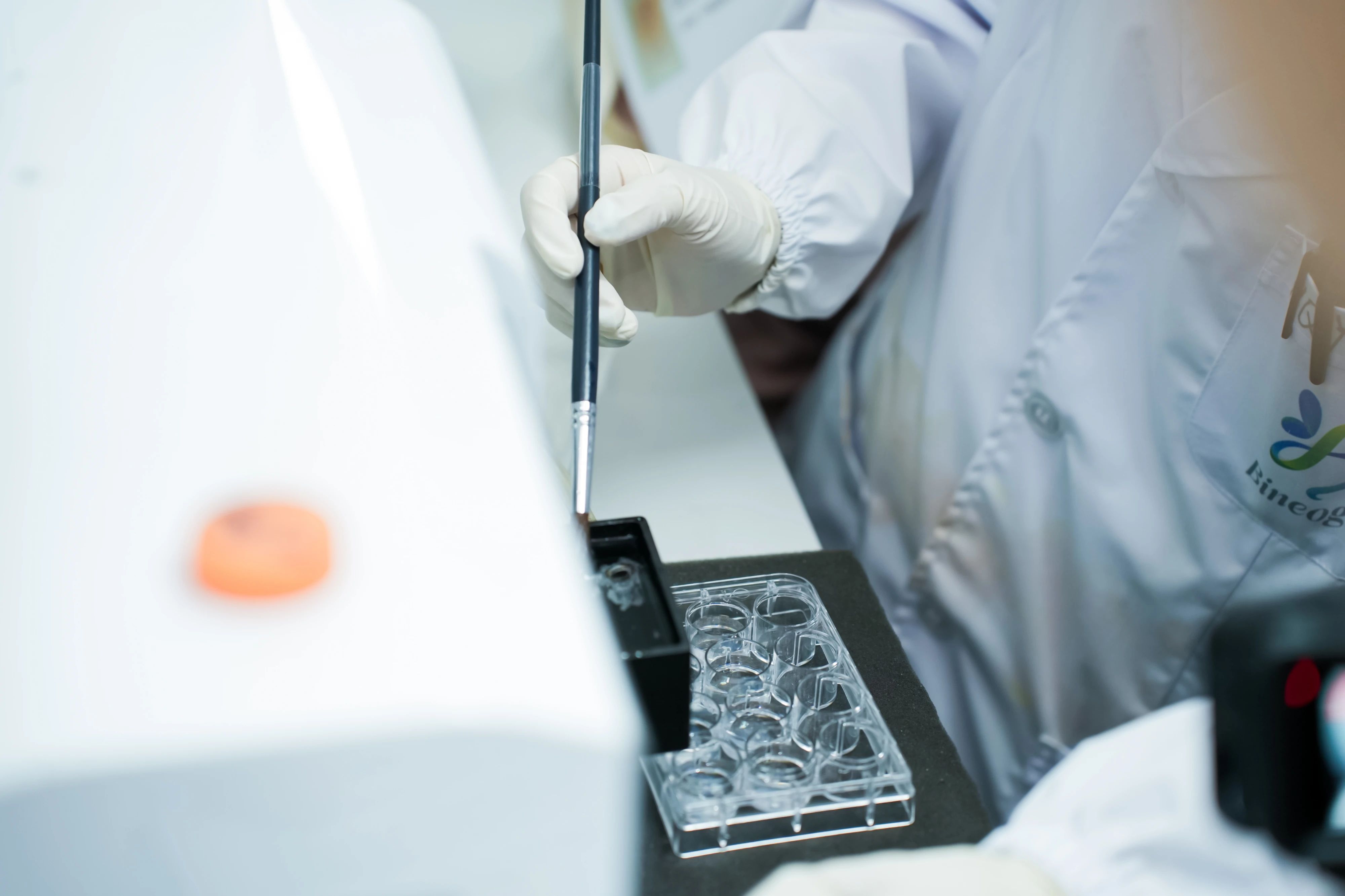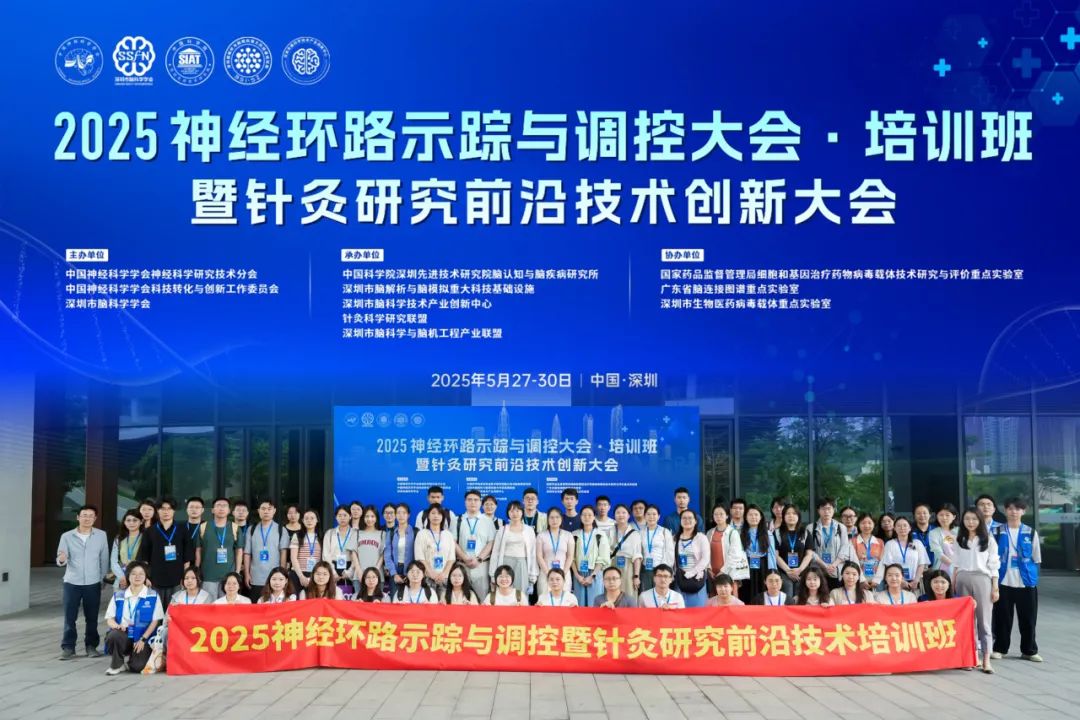PART 01 Introduction to the Training Course
The "2025 Neural Circuit Tracing and Regulation Conference・Training Course and Innovative Conference on Cutting-Edge Technologies in Acupuncture Research" successfully concluded in Shenzhen on May 30. Focusing on cutting-edge technologies in the field of neuroscience, this grand event attracted numerous outstanding scholars and industry experts active in the frontiers of neural circuit structure analysis and functional research. They gathered to deeply discuss the dynamic evolution of the latest scientific research achievements and the broad prospects for application transformation.
The training course mainly covered sample preparation for VISoR imaging of mouse brains and synchronous flying-scan imaging of the entire mouse brain. The training format included theoretical explanations, experimental operations, and specially invited experts in the field to provide one-on-one question-and-answer sessions.
PART 02 Explanation of Sample Preparation and VISoR Imaging Process
Sample Preparation
As one of the important organizers of this training course, Bineogen deeply participated in technical exchanges and talent training. In the practical courses highly concerned by trainees, Senior Instructors Mr. Wang and Ms. Huang from Bineogen jointly presented the well-received core course on "Mouse Whole Brain Sample Preparation".
Through detailed on-site operation demonstrations, the two experts systematically guided trainees to master the standardized operation techniques for the entire process, from sample embedding, precise sectioning, key transparentization treatment to final section mounting. This laid a solid practical foundation for trainees' subsequent independent research in related fields.

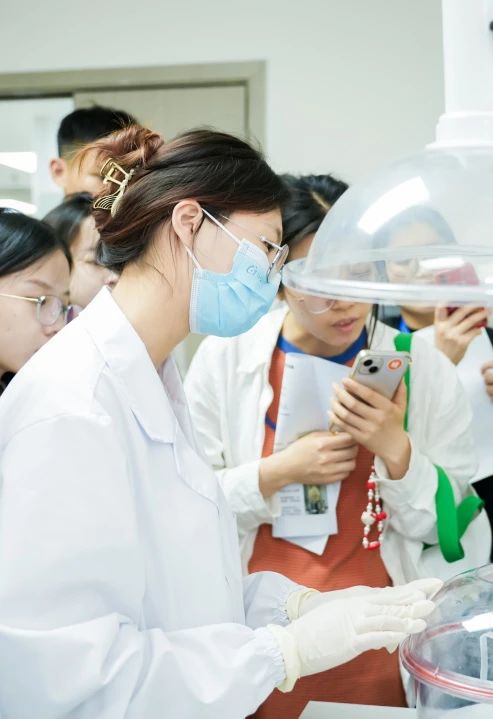
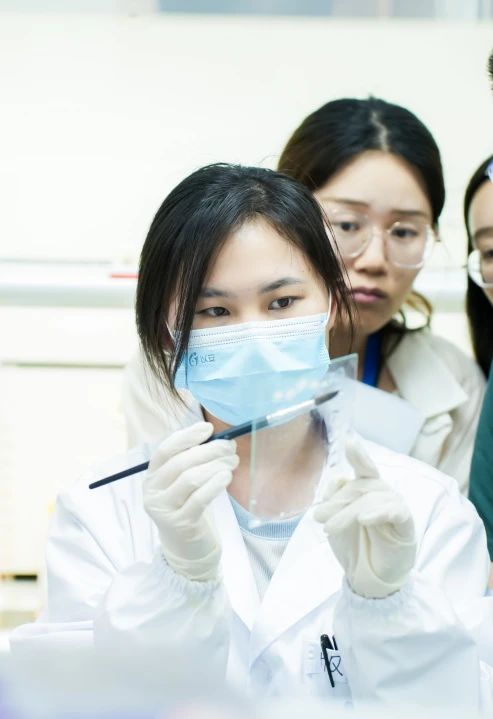
Explanation of VISoR Imaging Process
In the explanation of VISoR imaging technology, Technical Expert Mr. Wu from Bineogen brought trainees an in-depth experience of cutting-edge imaging technology. He demonstrated the efficient and precise imaging process of the VISoR mouse whole brain synchronous flying-scan equipment on site, intuitively showcasing the technology's powerful capability to rapidly acquire high-resolution whole brain 3D data. This provides a strong tool support for efficient visualization research in neuroscience.
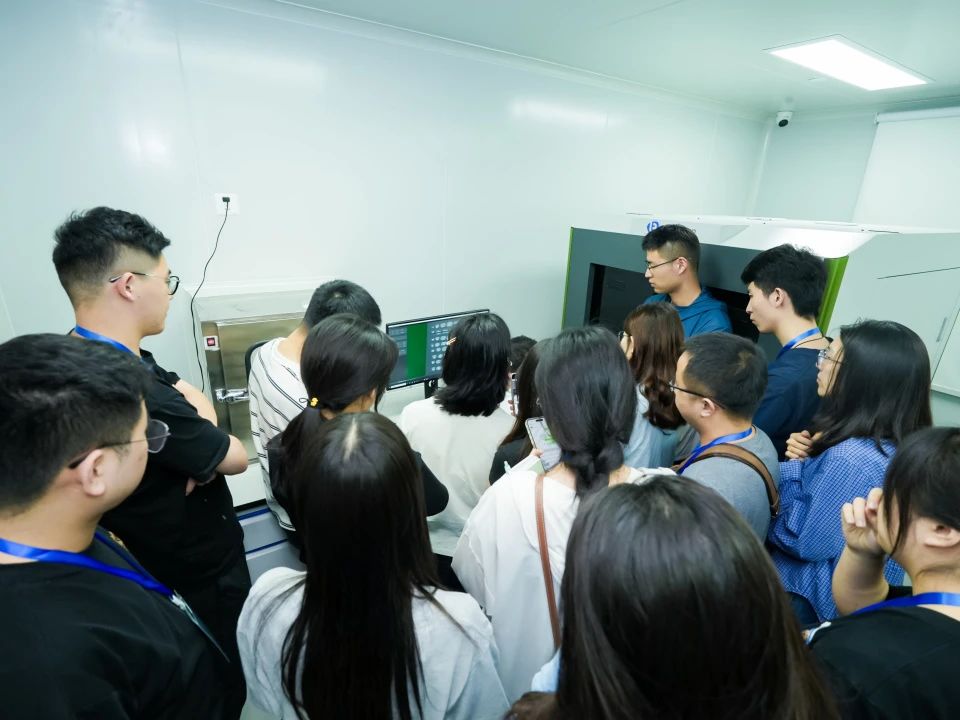
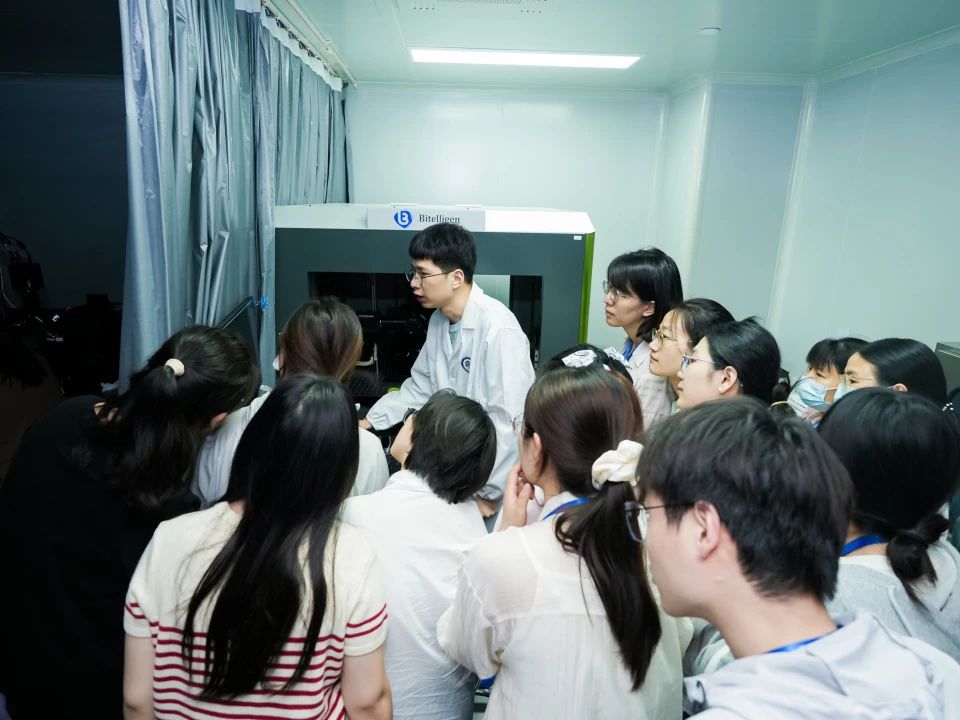
Question Answering
At the training site, teachers carefully listened to trainees' questions. For difficult problems in experimental operations, they disassembled the steps with instruments in hand to explain; when encountering confusion in VISoR operations, they guided trainees to practice hands-on. Ideas collided during the Q&A sessions, and the site was filled with warm interactions and a strong academic atmosphere.
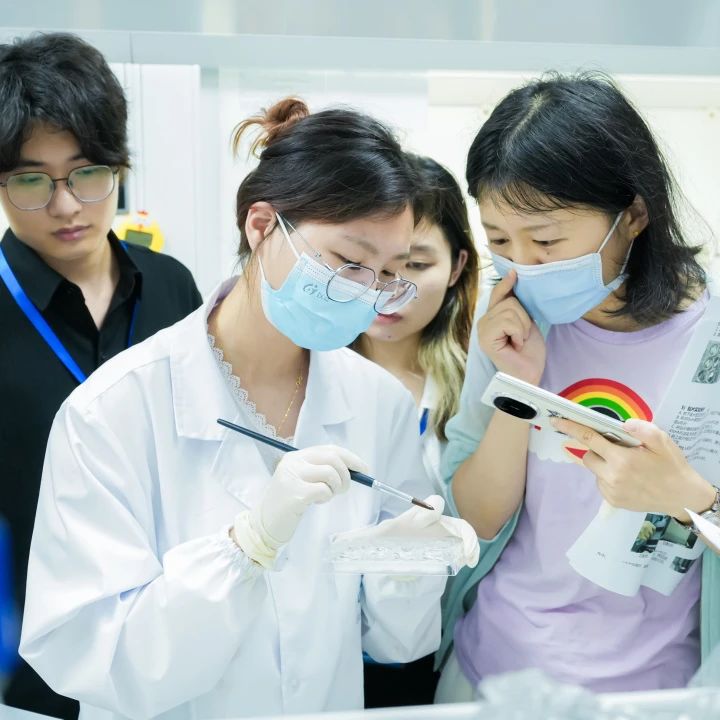
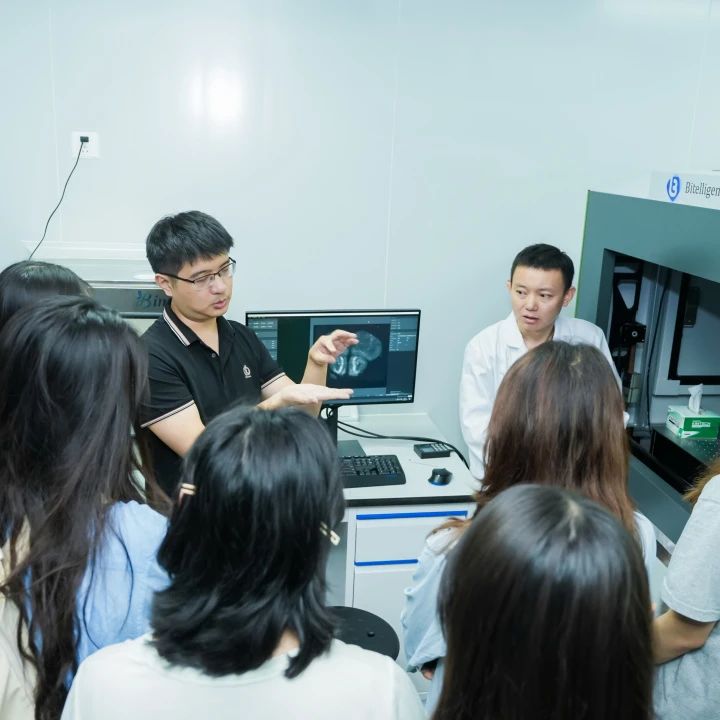
PART 03 Training Course Summary
This training combined cutting-edge theoretical discussions with in-depth practical operations, not only promoting knowledge sharing and technological integration in the field of neuroscience research but also significantly improving the practical capabilities of participants in related advanced technical methods. The successful holding of the conference has injected new momentum into accelerating the basic research and technological transformation of neuroscience in China, and has also opened up broader paths for future interdisciplinary cooperation to explore neural regulation mechanisms.
